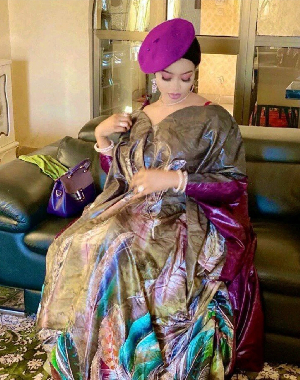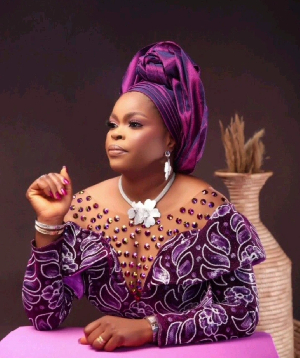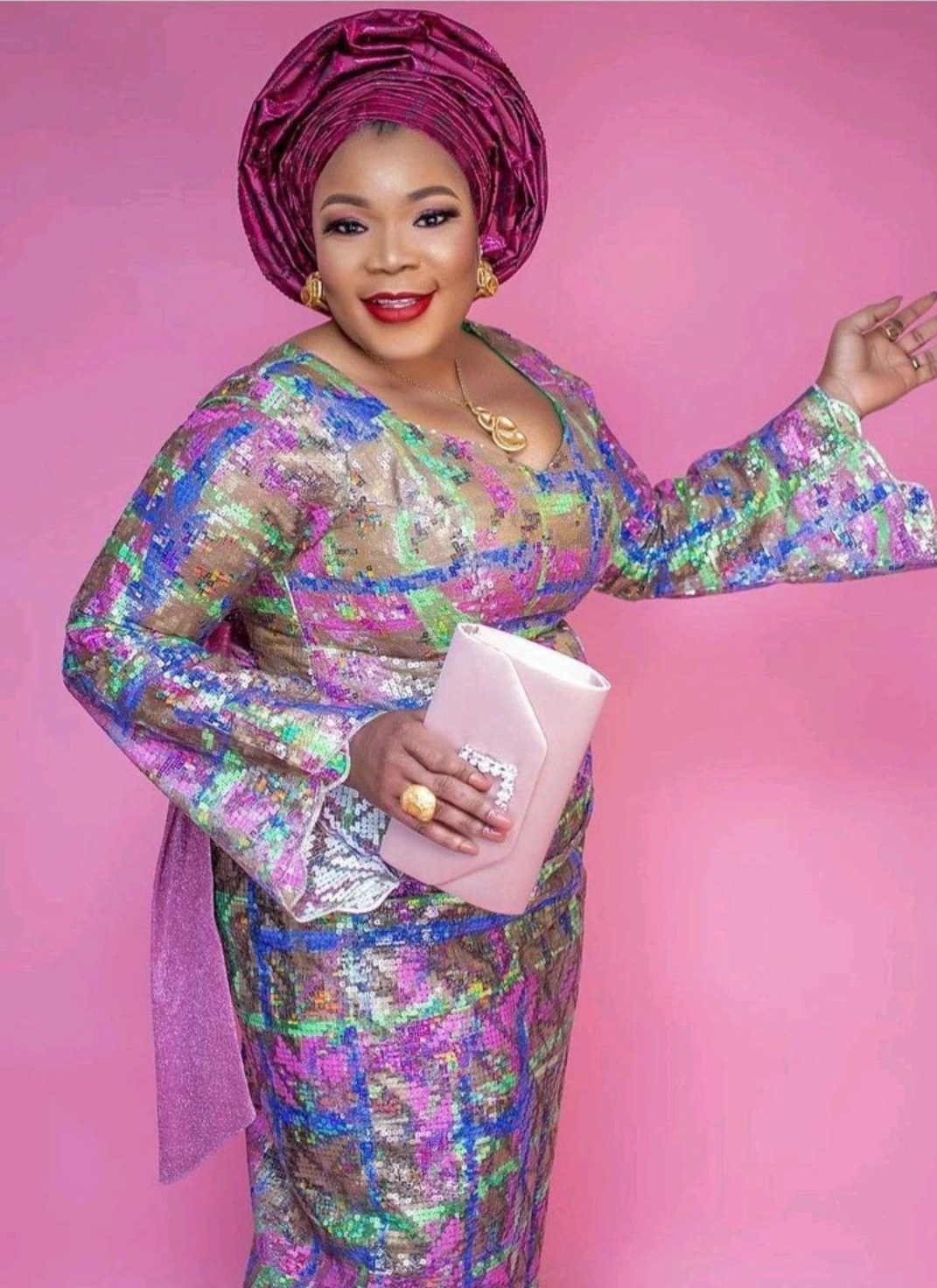
Native outfits can be a striking choice for stylish women who seek to embrace cultural diversity and express their distinctive fashion sense. There's a wealth of traditional attire from different regions worldwide that can seamlessly merge with modern fashion. Let's delve into some exquisite native outfits from various cultures:

Kimono (Japan): The kimono stands as a timeless and elegant traditional Japanese garment. It showcases exquisite designs, vibrant colors, and graceful flowing sleeves. Modern fashion has introduced creative ways to wear kimonos, such as pairing them with contemporary accessories like belts or combining them with jeans for a fusion of the traditional and the modern.
Sari (India): The sari is the quintessential Indian attire celebrated for its versatility and elegance. A sari is a lengthy fabric artfully draped around the body in various styles, flaunting intricate patterns, vibrant prints, and luxurious textiles. Modern adaptations encompass fusion wear and contemporary draping techniques, offering room for experimentation and personal expression.
Cheongsam/Qipao (China): The cheongsam, also known as the qipao, is a figure-hugging dress distinguished by its high collar and narrow, straight cut. This traditional Chinese outfit gracefully emphasizes femininity. In contemporary times, cheongsams have evolved to incorporate different lengths, sleeve styles, and fabric choices, making them suitable for both formal and casual occasions.
Dashiki (West Africa): The dashiki is a loose-fitting, colorful shirt originating from West Africa. Often adorned with bold, vibrant patterns, it lends itself to diverse styles, from casual to more formal appearances. Dashikis are frequently paired with jeans, skirts, or tailored trousers to craft chic ensembles.

Hanbok (Korea): The hanbok, the traditional Korean attire, is recognized for its vibrant colors, flowing lines, and graceful silhouette. It comprises a jeogori (jacket) and chima (skirt), sometimes accompanied by additional layers. Modern adaptations seamlessly merge elements of the hanbok with contemporary fashion, resulting in unique and fashionable looks.
Kaftan (North Africa and the Middle East): The kaftan is a loose, flowing robe-like garment that enjoys popularity in North African and Middle Eastern cultures. Typically crafted from luxurious fabrics, it may feature intricate embroidery or embellishments. Kaftans offer flexibility in styling, allowing for the addition of belts or the incorporation of statement jewelry to create unique looks.
When incorporating native outfits into modern fashion, it's paramount to approach the process respectfully, recognizing and appreciating the cultural significance behind each piece.
Feel free to experiment with accessories, seamlessly blend traditional elements with contemporary ones, or draw inspiration from multiple cultures to compose truly one-of-a-kind and fashionable ensembles.

